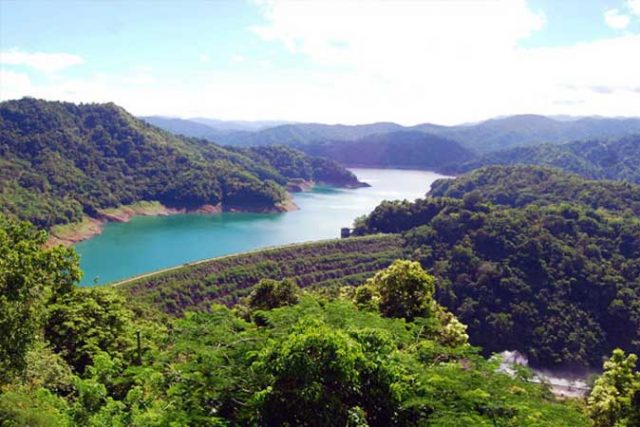NWRB, DoST collaborating on water resource monitoring projects

THE National Water Resources Board (NWRB) is working with the Department of Science and Technology (DoST) on programs to improve the monitoring of the country’s water resources.
Sevillo D. David, Jr., NWRB executive director, said in a recent DoST virtual program that the NWRB is working with the department’s Philippine Council for Industry, Energy, and Emerging Technology Research and Development (PCIEERD) on the Climate Resilient Initiative program, which generates data for use in planning for critical infrastructure, taking into account the effects of climate change.
The program includes is a monitoring system using that allows the NWRB access to real-time data on water levels in aid of reservoir management.
Mr. David said sensors are installed at weather stations in Ambuklao Dam, Apuna Dam, Pitikan Dam, Bobok Dam, Toyongan Dam, Badayan Dam, San Roque Dam, and Filex Dam.
“We are continuing the development and updating our equipment and system in order to have more efficient ways of data collection which could result in better services to the public,” Mr. David said.
Mr. David said the NWRB and PCIEERD are teaming up on another project that aims to come up with a management plan for groundwater or aquifer resources.
“It can help to ensure the long-term sustainability of our groundwater resources through systematic and science-based management strategies for more effective and efficient management of our groundwater resources in the country,” Mr. David said.
Mr. David said the collaboration between the DoST and NWRB, along with private groups and academic organizations, has produced groundwater management plans for Zamboanga City and its surrounding areas, which included the construction of four monitoring wells and sensor stations.
“We are also targeting to install monitoring wells and stations with automatic sensors in various parts of the country — Iloilo, Manila, Cagayan de Oro City, and Angeles City — to measure the level and quality of water underneath and eventually the data collected will be shared and posted on the website of the NWRB,” Mr. David said.
“The DoST and NWRB can also work on exploring the new and affordable water-saving technologies to address our water demand in the near future,” he added. — Revin Mikhael D. Ochave
